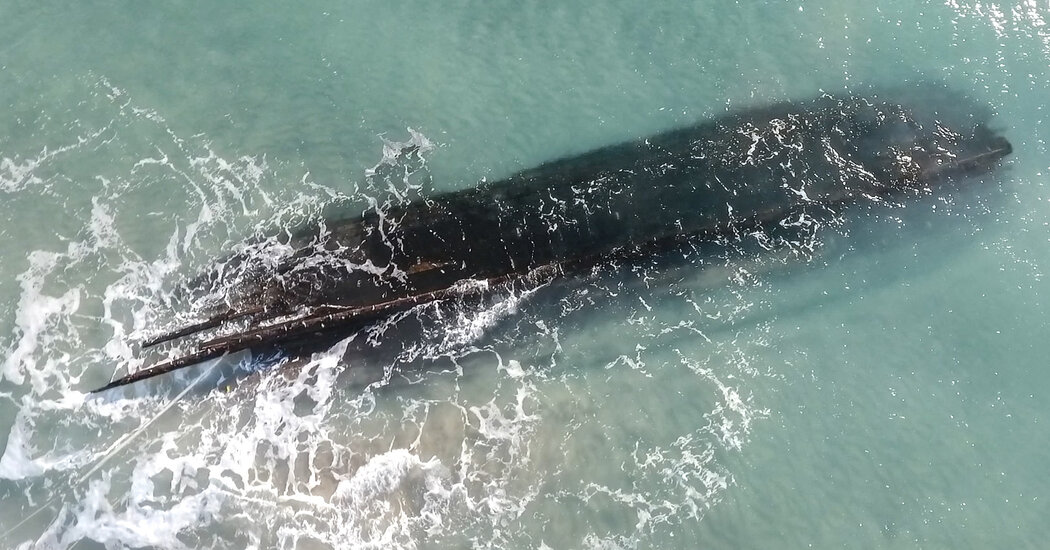More lost shipwrecks are being found because of new technology, climate change and more vessels scanning the ocean floor for science or commerce.
Some were fabled vessels that have fascinated people for generations, like Endurance, Ernest Shackleton’s ship that sank in the Antarctic in 1915. Some were common workhorses that faded into the depths, like the Ironton, a barge that was carrying 1,000 tons of grain when it sank in Lake Huron in 1894.
No matter their place in history, more shipwrecks are being found these days than ever before, according to those who work in the rarefied world of deep-sea exploration.
“More are being found, and I also think more people are paying attention,” said James P. Delgado, an underwater archaeologist based in Washington, D.C. He added: “We’re in a transitional phase where the true period of deep-sea and ocean exploration in general is truly beginning.”
So what’s behind the increase?
Experts point to a number of factors. Technology, they say, has made it easier and less expensive to scan the ocean floor, opening up the hunt to amateurs and professionals alike. More people are surveying the ocean for research and commercial ventures. Shipwreck hunters are also looking for wrecks for their historical value, rather than for sunken treasure. And climate change has intensified storms and beach erosion, exposing shipwrecks in shallow water.
Underwater robots and new imaging are helping.
Experts agreed that new technology has revolutionized deep-sea exploration.
Free-swimming robots, known as autonomous underwater vehicles, are much more commonplace than they were 20 years ago, and can scan large tracts of the ocean floor without having to be tethered to a research vessel, according to J. Carl Hartsfield, the director and senior program manager of the Oceanographic Systems Laboratory at the Woods Hole Oceanographic Institution in Massachusetts.
Remotely operated vehicles can travel 25 miles under the ice sheet in polar regions, he said. And satellite imagery can detect shipwrecks from plumes of sediment moving around them that are visible from space.
